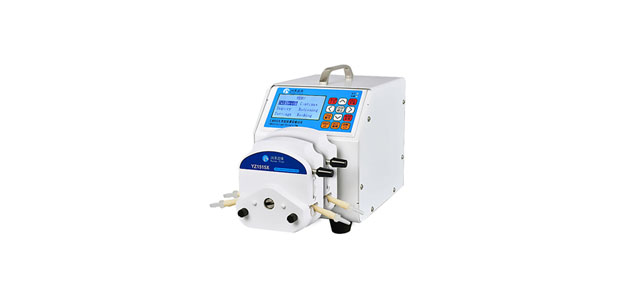Recently, Nanjing Runze Fluid Control Equipment Co., Ltd. released a technical analysis report on peristaltic pump blockage issues, providing professional solutions for users. As precision fluid control equipment, peristaltic pumps are widely used in medical, pharmaceutical, environmental protection, and other fields. However, during actual operation, some users may encounter pump head blockage, affecting normal equipment operation and experimental results.

According to research by Nanjing Runze Fluid Control Equipment Co., Ltd., peristaltic pump blockage primarily presents in three scenarios:
1. After startup, the pump head shakes from side to side or rotates unevenly, with this phenomenon persisting even under no-load conditions;
2. After startup, the pump head completely stalls, or operates normally at low speeds but blocks at high speeds (while functioning normally under no-load conditions);
3. Blockage occurs at both low and high speeds, preventing normal operation.
Through professional technical analysis, three primary causes have been identified:
1. Incorrect Motor Wiring: Improper connections preventing normal motor operation;
2. Excessive Tube Resistance: Tubes that are too tight or dry surfaces between tubes and rotors creating significant frictional resistance;
3. Insufficient Drive Current: Particularly when using large-diameter tubes, the motor torque is insufficient to overcome resistance.
In response to these issues, technical professionals have proposed the following solutions:
1. Check Motor Connections: Connect motor wiring correctly according to the equipment manual, ensuring no errors;
2. Optimize Tube Installation:
Select tubes that match the equipment specifications
Apply lubricating oil evenly to tube and rotor surfaces
Stretch both ends of the tube appropriately before placing it into the pump head
Recommend running at low speed for a period before increasing to higher speeds
3. Adjust Drive Current: Take appropriate measures based on different equipment models
Peristaltic pumps with MC-20A drives: Set appropriate current values via DIP switches
Peristaltic pumps with MC-21C drives: Adjust current parameters through communication protocols
Box-type peristaltic pumps (LM60/LM80 series): Adjust current parameters via the keyboard panel
Box-type peristaltic pumps (LM40 series): Modify current parameters through communication protocols
Technical professionals specially note that when adjusting current, the principle of "small to large" incremental adjustment should be followed to avoid damaging the equipment motor with excessive current. Default current codes may vary between different models, and actual equipment specifications should be consulted.
The release of this technical analysis report provides professional guidance for research, production, and other professionals using peristaltic pumps, helping to improve equipment efficiency and extend service life.